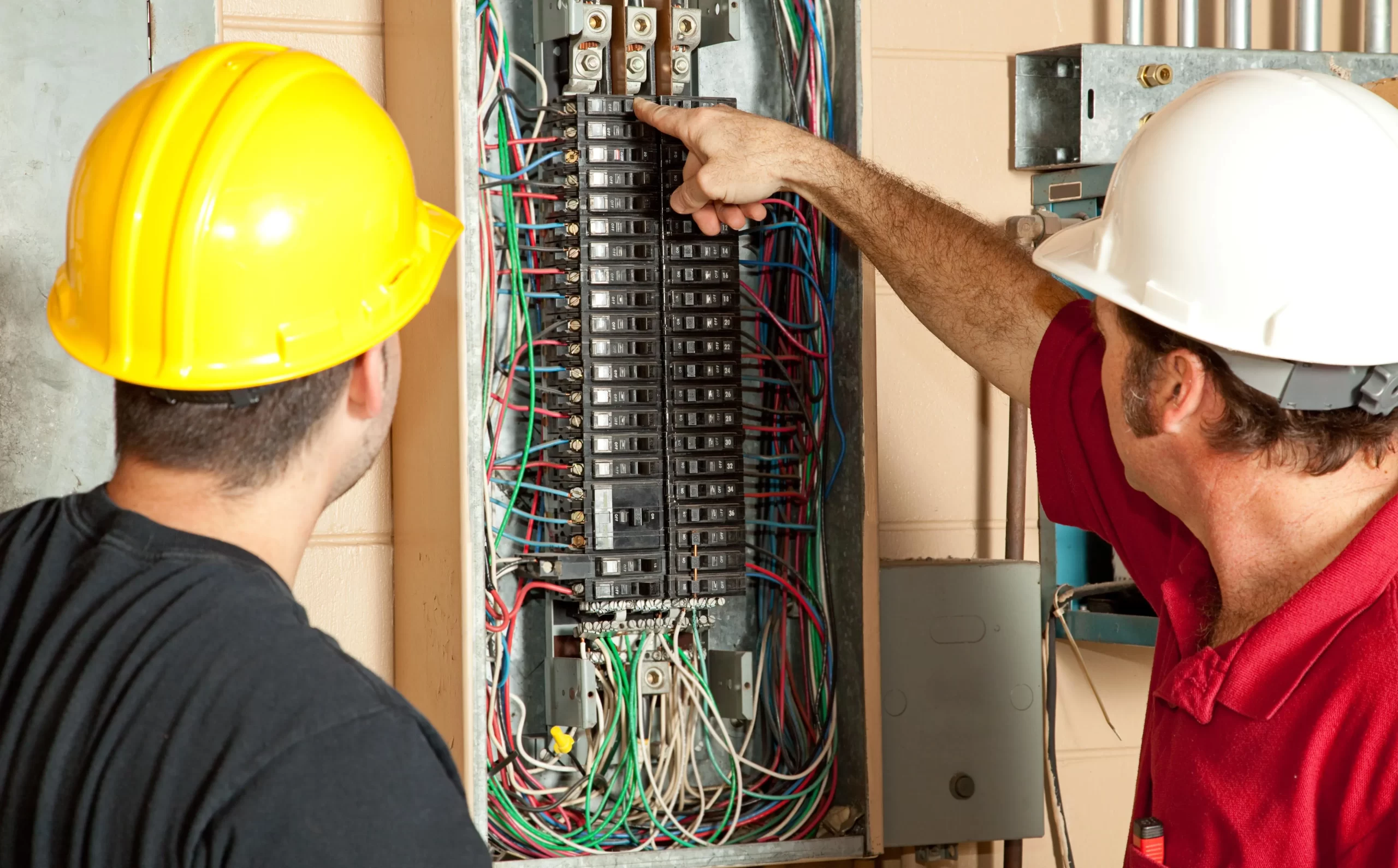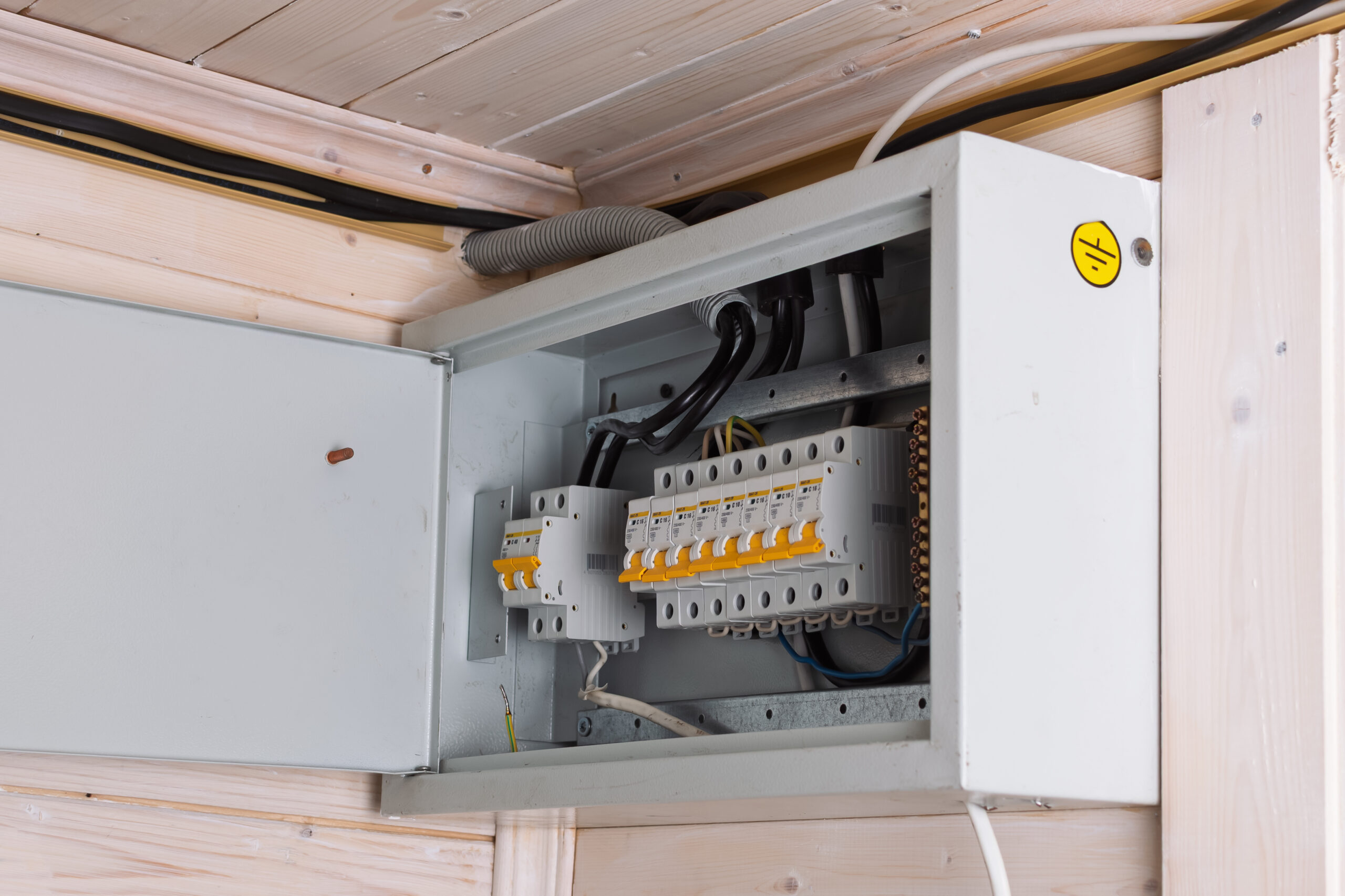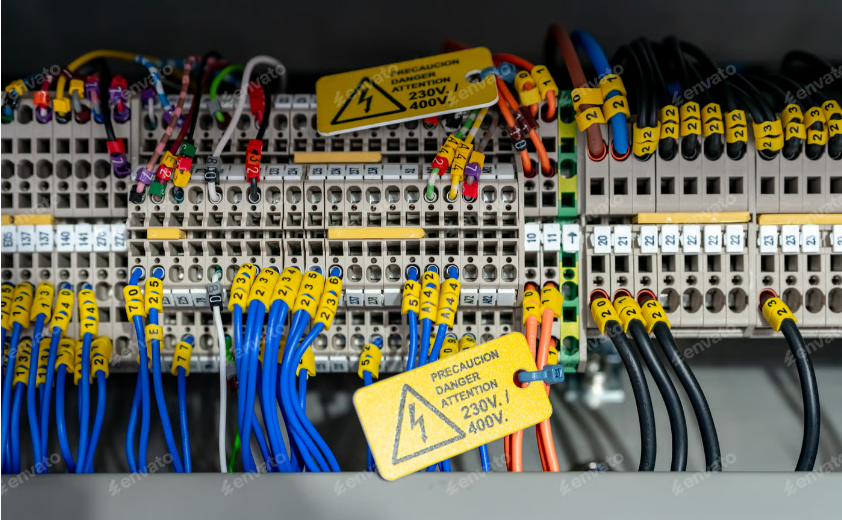Looking to install electrical components in your home? Or would you like to upgrade the old installations with the new ones? This may seem like a complex process at first, but by understanding the key steps and planning your budget, you can be an active part of the process. In this guide, you will learn about the key steps in the electrical installation process, the cost calculator, and the services it includes.
- Planning Out a Budget: Cost Calculation
Determining your budget before the start of your electrical installation project helps ensure a smooth and effective installation process, preventing you from being frustrated by last-minute surprises.
Let’s dive into the overall budget estimate for your electrical installations.
| Material Costs: | Create a list of all the necessary materials required for the installations and estimate their costs. |
| Labor Costs: | Estimate the labor cost per installation and multiply it by the number of hours to get the average price. |
| Overhead Costs: | Add a reasonable amount of contingency for any unexpected last-minute expenses. |
| Profit Margin: | Keep aside an extra margin for the technicians’ profit. |
Continue reading to learn about the key steps involved in the electrical installation process.
- Key Steps in Electrical Services Installation: A Comprehensive Guide
Electrical installations typically involve a series of complex steps that are linked together to ensure accurate installation by the code of conduct of regional authorities. We have simplified the process by breaking it down into a few key steps.
Let’s get started.
- Site Preparation
Thoroughly understand the site of electrical installations to examine the prospects and challenges that an installation would face there, and make an imaginary installation plan.
Pro Tip: It’s essential to discuss your preferences with the certified electrical technician and consult with him regarding the installation design planning.
- Create an Electrical Plan
While your technician creates a plan, communicate effectively with them regarding your preferences and consistently participate in the design process to avoid any mishaps or costly alterations later.
- Hire a Licensed Electrician
Hiring a professional technician would give you the chance to be stress-free throughout the entire installation process, as certified professionals possess the required expertise and experience for the task.
Best Practice: Communicate to the technician that the electrical installations must adhere to the local authorities’ codes.
- Final Testing: Walkthroughs and Inspections
After the installations have been made, it’s your time to stroll around your space and inspect if all the components are working effectively. The final testing step is crucial in determining that the job has been done well, hassle-free, and smoothly.
- Keep a Solid Record: Installation Design
Don’t forget to keep a record of the design plan and the details of when and how the electrical installations were made, as this record will be needed when you require electrical inspections or maintenance-related work.
That’s how the electrical installation process is completed smoothly and effectively.
- Conclusion
Electrical installations, which may seem like an easy process at first glance, involve a complex array of processes to streamline electrical operations. Overall, the above guide provides insight into the prior cost calculation of the electrical installation, key services, and the steps involved in the installation process.
- FAQs
What are the components of the electric installation?
Standard components in electrical installations include circuit breakers, fittings, conductors, heating fixtures, lighting fixtures, and other essential elements.
Why is it crucial to hire a licensed electrician?
It is crucial to hire a licensed and certified electrician for your installations, as this would ensure safety and code compliance.
What are the key steps in electrical installations?
The key steps in electrical installations include site assessment, designing an electrical plan, hiring an electrician, and then conducting a final inspection.
Is it safe to do your electrical installations?
No, electrical installations must be done with the assistance of a professional, as this process requires utmost safety, care, and code compliance.
Why is the maintenance of electrical installations crucial?
Timely maintenance of electrical installations offers numerous benefits, such as extending the lifespan of the equipment, reducing downtime, and preventing electrical hazards.




